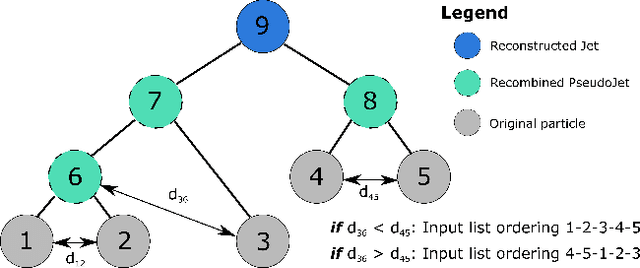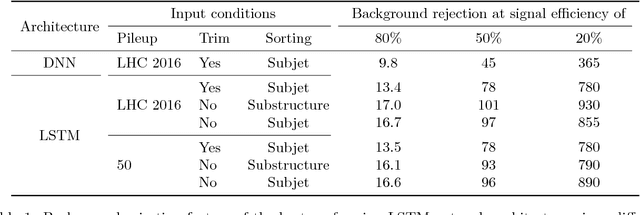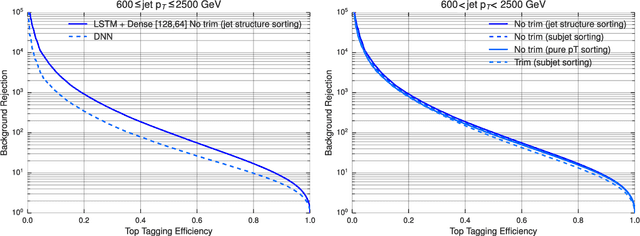Shannon Egan
Montreal AI Ethics Institute
The State of AI Ethics Report
May 19, 2021Abstract:The 4th edition of the Montreal AI Ethics Institute's The State of AI Ethics captures the most relevant developments in the field of AI Ethics since January 2021. This report aims to help anyone, from machine learning experts to human rights activists and policymakers, quickly digest and understand the ever-changing developments in the field. Through research and article summaries, as well as expert commentary, this report distills the research and reporting surrounding various domains related to the ethics of AI, with a particular focus on four key themes: Ethical AI, Fairness & Justice, Humans & Tech, and Privacy. In addition, The State of AI Ethics includes exclusive content written by world-class AI Ethics experts from universities, research institutes, consulting firms, and governments. Opening the report is a long-form piece by Edward Higgs (Professor of History, University of Essex) titled "AI and the Face: A Historian's View." In it, Higgs examines the unscientific history of facial analysis and how AI might be repeating some of those mistakes at scale. The report also features chapter introductions by Alexa Hagerty (Anthropologist, University of Cambridge), Marianna Ganapini (Faculty Director, Montreal AI Ethics Institute), Deborah G. Johnson (Emeritus Professor, Engineering and Society, University of Virginia), and Soraj Hongladarom (Professor of Philosophy and Director, Center for Science, Technology and Society, Chulalongkorn University in Bangkok). This report should be used not only as a point of reference and insight on the latest thinking in the field of AI Ethics, but should also be used as a tool for introspection as we aim to foster a more nuanced conversation regarding the impacts of AI on the world.
Long Short-Term Memory networks with jet constituents for boosted top tagging at the LHC
Nov 24, 2017


Abstract:Multivariate techniques based on engineered features have found wide adoption in the identification of jets resulting from hadronic top decays at the Large Hadron Collider (LHC). Recent Deep Learning developments in this area include the treatment of the calorimeter activation as an image or supplying a list of jet constituent momenta to a fully connected network. This latter approach lends itself well to the use of Recurrent Neural Networks. In this work the applicability of architectures incorporating Long Short-Term Memory (LSTM) networks is explored. Several network architectures, methods of ordering of jet constituents, and input pre-processing are studied. The best performing LSTM network achieves a background rejection of 100 for 50% signal efficiency. This represents more than a factor of two improvement over a fully connected Deep Neural Network (DNN) trained on similar types of inputs.
 Add to Chrome
Add to Chrome Add to Firefox
Add to Firefox Add to Edge
Add to Edge